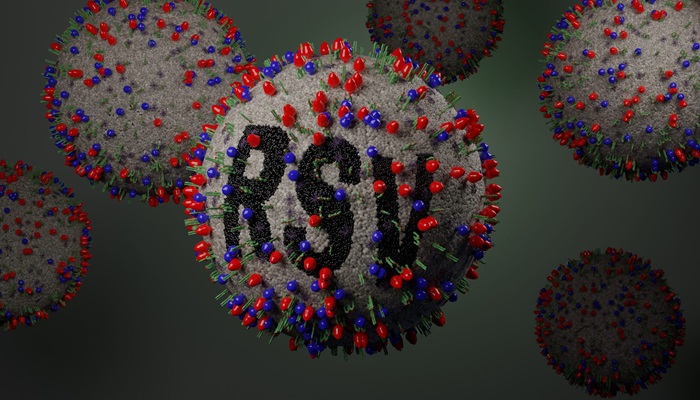Rhinovirus is the most common cause of the common cold. It’s a highly contagious virus that spreads easily through the air when an infected person coughs or sneezes, or by touching surfaces contaminated with the virus and then touching your face. There are over 100 different types of rhinovirus, which is why it can be so difficult to develop a universal vaccine against it. When you catch a rhinovirus, you typically experience symptoms like a runny nose, sneezing, congestion, and sometimes a sore throat or cough. These symptoms usually last for about a week or so.
RSV, or respiratory syncytial virus, is another common respiratory virus, especially in young children, the elderly, and those with weakened immune systems. It can cause more severe symptoms than rhinovirus, including bronchiolitis and pneumonia in some cases. RSV attacks the lungs and breathing passages, leading to wheezing, difficulty breathing, and in severe cases, hospitalization.
The short answer is no. Rhinovirus and RSV are two distinct viruses with different genetic makeups. They belong to different virus families. Rhinovirus is part of the Picornaviridae family, while RSV is a member of the Paramyxoviridae family. Just like an apple can’t turn into an orange, rhinovirus can’t transform into RSV.
While they are different viruses, they do share some similarities in symptoms, which may cause the confusion. Both can cause coughing, sneezing, and a runny nose. However, as mentioned earlier, RSV has the potential to cause more severe respiratory problems, especially in vulnerable populations. This is an important distinction for parents, caregivers, and healthcare providers to make.
Both rhinovirus and RSV spread in similar ways, mainly through respiratory droplets. To prevent the spread of both viruses, it’s essential to practice good hygiene. This includes frequent handwashing with soap and water for at least 20 seconds, covering your mouth and nose when you cough or sneeze (using a tissue or your elbow), and avoiding close contact with sick people. In some cases, especially for those at high risk of severe RSV infections, there may be preventive medications available.
Diagnosing rhinovirus or RSV usually involves a combination of symptoms and sometimes laboratory tests. In the case of rhinovirus, most people recover on their own with rest and over – the – counter remedies to relieve symptoms like decongestants or pain relievers. For RSV, treatment may be more involved, especially in severe cases. It can include oxygen therapy, medications to open up the airways, and in some cases, hospitalization for close monitoring and supportive care.
In conclusion, while rhinovirus and RSV may seem similar in some ways, they are distinct viruses, and one cannot turn into the other. Understanding the differences between them is crucial for proper diagnosis, treatment, and prevention. Stay informed and take the necessary steps to protect yourself and your loved ones from these common respiratory viruses.
Read more
- Can Rhinovirus Turn Into RSV?
- RSV vs Common Cold: What’s the Difference?
- Understanding How Inflammation Wreaks Havoc In The Body


